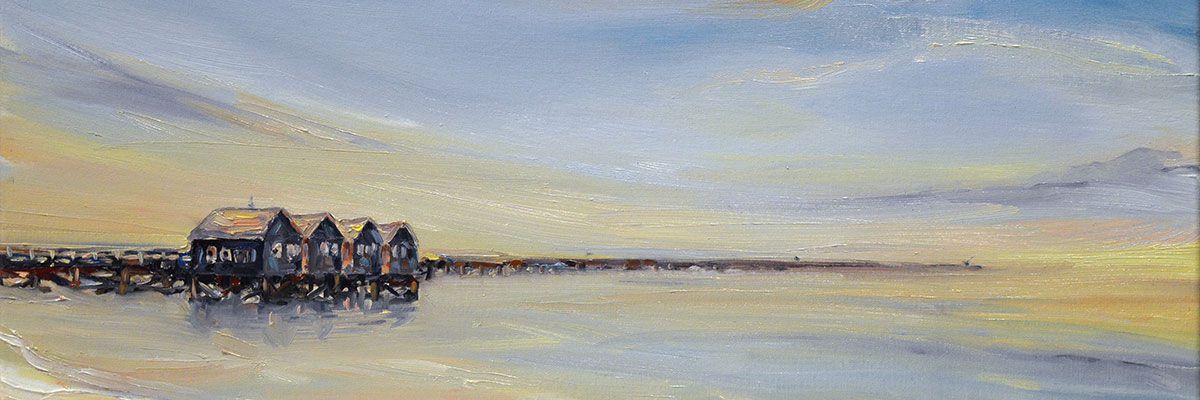The modern township of Vasse is located on Noongar boodjar (Noongar land) and has been the home of Wardandi people for more than 45,000 years.
Their families lived in harmony with the natural environment, hunting and gathering only what was needed to maintain biodiversity. Their knowledge of managing the land over six seasons was given to them by the Waugal and passed down by their Elders.
Records of European settlement of the area reach back to 1841 when the population of settlers in what was then called ‘Newtown’ numbered 102. Schooling in the area began around 1845 with several wives of locally-stationed American whalers teaching children of the community. In approximately 1895, the primary school was relocated to its present location on Kaloorup Road and the prominent weatherboard structure, that still exists today, was built.
In 1924, the Newtown name was changed to Vasse in homage to French sailor Thomas Timothee Vasse who was rumoured to have drowned off the nearby coast in 1801. Vasse was a helmsman second class on the Naturaliste during the 1801–04 expedition of the Géographe and Naturaliste ships commandeered by Nicolas Baudin, which explored much of the south west coast of New Holland (now Western Australia). Several stories emerged thereafter that claimed Thomas Timothee Vasse had survived, one of which was provided by the Wardandi people.
The Vasse district has grown and evolved since those early days and farming remains important to the community’s fabric. A rapid period of residential growth and the establishment of the Cape Naturaliste College has seen the population of Vasse grow significantly from 1,316 in 2006 to 2,479 in 2016 (Australian Census). Vasse continues to attract new families to its thriving community and further residential, educational and commercial development are planned.

